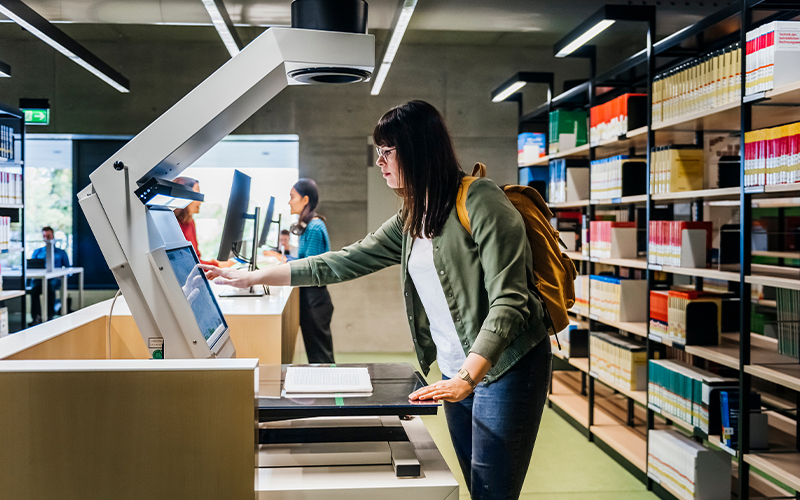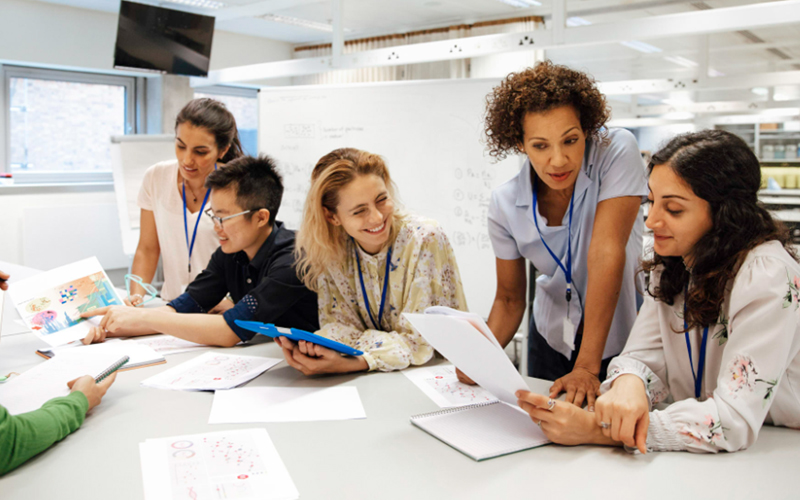Technology has changed the way we live, work, and learn. From classrooms to homes, digital tools have become a major part of education. But while many students have the devices and internet they need to study, millions of others are being left behind. This is what we call the digital divide — the gap between those who can access technology and those who can't.
According to the International Telecommunication Union (ITU), a United Nations agency, as of 2021:
- approximately 37% of the global population has never used the internet, which equates to about 2.9 billion people.
This leaves billions of students unable to access basic learning management tools, particularly in rural areas, where internet connectivity is often unreliable or completely absent. This issue became especially clear during the COVID-19 pandemic, as millions of students were unable to attend virtual classes due to a lack of resources. But even in households with internet access, the situation is far from ideal. Families with multiple children often struggle with shared devices, making it difficult for each child to focus on their studies. Additionally, students with disabilities may face barriers in accessing learning materials that are not adapted to their specific needs. These factors combine to make the digital divide a global challenge, affecting students across both developed and developing nations.
However, the digital divide isn’t just about access; it’s also about skills. Even students with devices and the internet may lack the digital literacy required to effectively engage with technology.
- Can students create, collaborate, communicate, and critically think using digital skills?
- Do they know how to interpret data and use productivity software like spreadsheets, slide decks, or basic coding?
These gaps in digital literacy can leave students behind, especially in today’s job market, where these skills are essential.
So, now the question is, how do we move forward?
Addressing the digital divide requires a multi-faceted approach, one that not only provides access to technology but also ensures that students can effectively use it. Here are some practical steps schools, governments, and communities can take:
- Provide affordable devices and internet: Schools and governments can team up with tech companies to offer free or low-cost laptops, tablets, and internet. For rural areas with weak connections, public Wi-Fi hotspots can be used to provide access to online student learning platforms.
- Create inclusive digital platforms: Digital tools should work for everyone. Features like screen readers and voice commands need to be built into learning management solutions to make sure all students, including those with disabilities, can participate fully.
- Offer flexible learning options: Not all students have constant internet access. Pre-recorded lessons and materials that can be downloaded from digital learning systems allow students to learn on their own schedule without relying on live classes.
- Teach essential digital skills: Having a device isn’t enough if students don’t know how to use it. Schools need to teach and integrate essential digital skills in everyday tasks, like how to create documents, write reports with word processing software, work with data, create presentations, and collaborate online. These skills are as important as reading and writing in today’s world.
- Provide tech resources to teachers: Schools can provide teachers with easy-to-use tools that simplify digital learning, like pre-built lesson templates, grading apps, or quick-access tutorials for using an integrated learning management system in education. This saves time and boosts teacher confidence in using technology regularly.
- Set up tech support hotlines: Many students and families lack the technical expertise to troubleshoot issues with devices or platforms. Establishing tech support hotlines or digital help centres within schools can ensure that students get the help they need to keep up with their studies.
Remember, the early bird catches the worm. As the world relies more on technology, bridging the digital divide becomes even more urgent. The future of education depends on digital tools like learning management solutions and online student learning platforms. Without equal access and the right skills, students will be left behind, especially in the job market, where digital skills are a must.
“We must step up our efforts to reimagine education – training teachers, bridging the digital divide and rethinking curricula to equip learners with the skills and knowledge to flourish in our rapidly changing world.”
Building a future where every student has access to technology and knows how to use it isn’t just about education anymore—it’s about empowering students to thrive in the digital age!
How can Infosys BPM help?
Infosys BPM's Scoring and Assessment Services streamline the evaluation process for educational institutions. We integrate scoring systems with learning management systems’ platforms, making assessments more accessible and efficient. This ensures students receive timely feedback, supporting their learning journey and enhancing overall educational outcomes.








